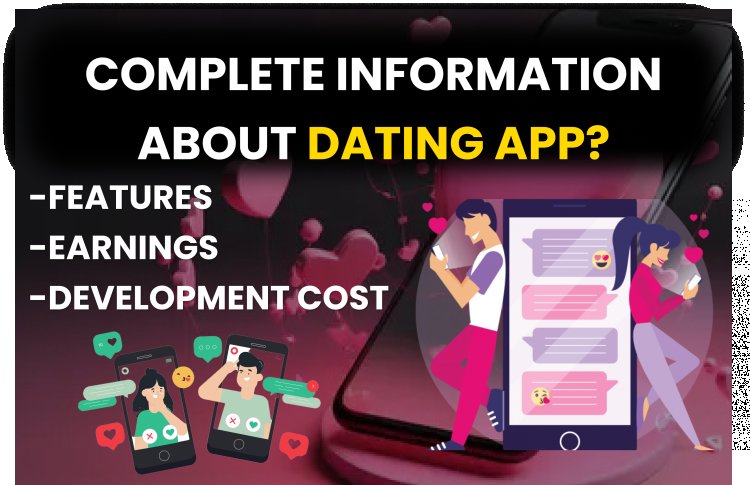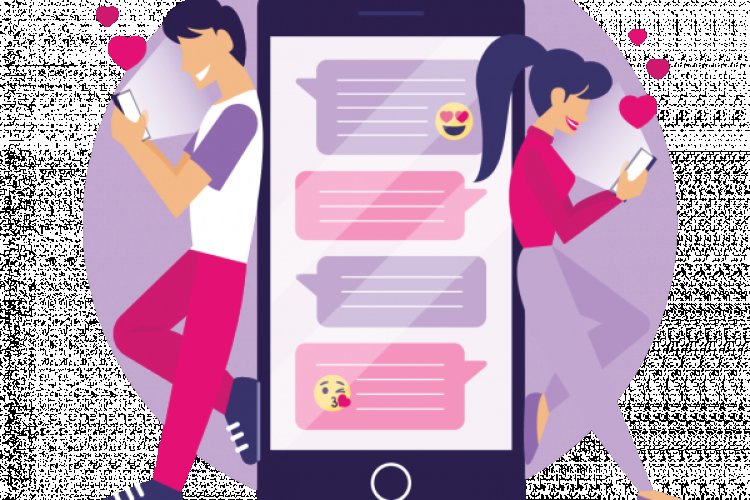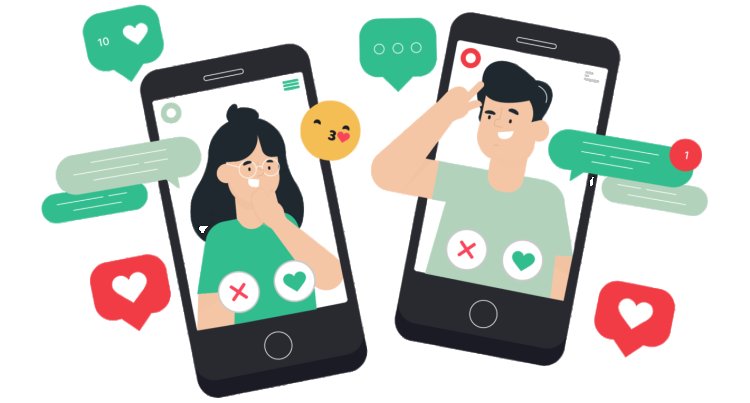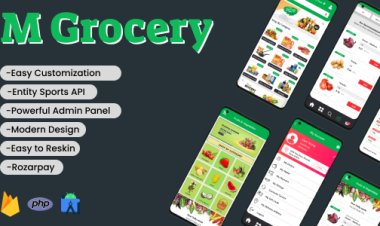Complete information about Dating app?
What are Dating Apps? Types of Dating Apps? Features of Dating Apps? Earnings in Dating Apps? Development Cost of Dating App?

Dating apps have transformed the landscape of modern relationships, connecting people worldwide through technology. The market for dating apps has experienced tremendous growth over the years, fueled by societal shifts, increased smartphone usage, and changing attitudes toward online dating.
Dating apps have revolutionized the way people connect, offering a digital platform to meet potential partners. In this blog, let's dive into the world of dating apps, exploring what they are, how they work, their benefits, potential drawbacks, and tips for making the most of them.
What are Dating Apps?
Dating apps are mobile applications designed to facilitate connections between individuals seeking romantic or intimate relationships. They offer a platform where users can create profiles, browse through other users' profiles, and connect based on mutual interests, preferences, or geographical presence.

Types of Dating Apps
- General Dating Apps: These cater to a wide audience seeking various types of relationships, from casual dating to long-term commitments.
- Niche Apps: Target specific demographics or interests, like religious beliefs, professional networks, or shared hobbies.
- LGBTQ+ Apps: Tailored specifically for the LGBTQ+ community, providing a safe space for individuals to connect.
Features of Dating Apps
Dating apps come with a variety of features designed to help users connect, interact, and find potential matches. Here are some common features you might find in a dating app:
- Profile Creation: Users can create their profiles by adding information such as photos, bio, interests, age, location, and sometimes even more specific details like education or occupation.
- Matching Algorithms: These algorithms use user-provided data, preferences, and behavior to suggest potential matches. They might take into account factors like location, age, interests, and compatibility scores.
- Swiping or Matching: Many dating apps use a swiping mechanism where users swipe right to like someone or swipe left to pass. If both users like each other, it's a match and they can start chatting.
- Messaging: Once matched, users can communicate via messaging within the app. Some apps offer features like sending GIFs, stickers, voice messages, or video calls.
- Discovery Settings: Users can set preferences for the type of people they want to see based on age, location, interests, and other parameters.
- Geolocation: This feature allows users to find potential matches based on their proximity. It can also be used to set location preferences for matching.
- Safety and Privacy Features: Dating apps often have features like photo verification, report/block options, and privacy settings to ensure user safety.
- Premium Features: Many dating apps offer premium subscriptions with additional features like unlimited swipes, access to more profiles, incognito mode, or seeing who likes your profile.
- Social Media Integration: Some apps allow users to link their social media profiles to provide more information or to verify identities.
- Specialized Features: Some dating apps cater to specific demographics or interests, offering unique features like group chats, events, or niche matching based on religion, profession, or hobbies.
-

Earnings in Dating Apps
Dating apps generate revenue through various channels. Here are some common ways they make money:
- Subscription Models: Users pay a recurring fee for premium features such as unlimited swipes, access to advanced search filters, seeing who liked their profile, or getting matches outside their location.
- In-App Purchases: Apps offer virtual goods or currencies that users can buy for enhanced visibility, like boosts to increase profile views or virtual gifts to send to other users.
- Advertisements: Displaying ads within the app is a lucrative method. They can be banner ads, sponsored content, or promoted profiles.
- Freemium Model: The basic app is free, but users can pay for additional features or ad-free experiences.
- Partnerships and Sponsorships: Collaborations with brands or businesses for cross-promotion or sponsored events can generate revenue.
- Premium Tiers or Add-Ons: Some apps offer tiers of membership with increasing benefits or sell add-ons like profile highlighting or background checks for safety.
- Data Monetization: Analyzing user data (while adhering to privacy regulations) and selling insights or anonymized data to advertisers or marketers.
The Evolution of Dating Apps
Dating apps have come a long way since their inception. Initially, they primarily focused on matching based on simple criteria like location and age. However, they have evolved significantly. Now, algorithms consider user behavior, preferences, and even incorporate AI to improve matches. Video profiles, enhanced security features, and diverse matchmaking options are becoming the norm.
Market Overview
- Growth and Expansion: Dating apps have seen a significant surge in popularity, with millions of users across different demographics. The market has expanded globally, catering to various preferences, lifestyles, and relationship goals.
- User Demographics: Dating apps attract a wide range of users, from young adults seeking casual connections to older demographics searching for serious relationships. The diversity of users has led to the creation of niche dating platforms targeting specific interests, religions, professions, and more.
- Technological Advancements: Advancements in technology, such as AI-driven matchmaking algorithms, video dating features, and enhanced security measures, have contributed to the evolution of these apps, making the user experience more personalized and secure.
- Monetization Strategies: Dating apps employ various monetization models, including subscription-based services, freemium features, in-app advertising, and premium memberships. Some apps offer additional services like profile boosts, virtual gifts, and personalized matches through paid tiers.
- Competitive Landscape: The dating app market is highly competitive, with numerous players vying for users' attention. Established apps like Tinder, Bumble, and Hinge compete alongside niche platforms like FarmersOnly, JDate, and EliteSingles.

Development Cost of Dating App
The cost for developing a Dating App typically ranges from 200,000 to 300,000 INR, and it can be adjusted based on your specific requirements and preferences. Meratemplate.com, a leading app development company in Pune, offers flexible solutions to create your personalized dating app.
Conclusion
The dating app market continues to expand, driven by technological innovation, changing social norms, and the increasing reliance on digital platforms for social connections. With a diverse user base and various monetization strategies, dating apps have established themselves as a lucrative industry, continually evolving to meet the demands and preferences of users worldwide.
Dating apps have undeniably changed the dating landscape, offering a mix of opportunities and challenges. Understanding their dynamics and utilizing them responsibly can enhance the experience and potentially lead to meaningful connections in the digital age.
------------------------------------------------------------------------------------
- Contact us: 8888647482
- Email id: sunil@meratemplate.com
- Telegram - https://t.me/sunilyadavtutorial
- Youtube - https://www.youtube.com/c/MeraTemplate
Thank you so much for taking the time to read my article.




 Mera Template
Mera Template 





































